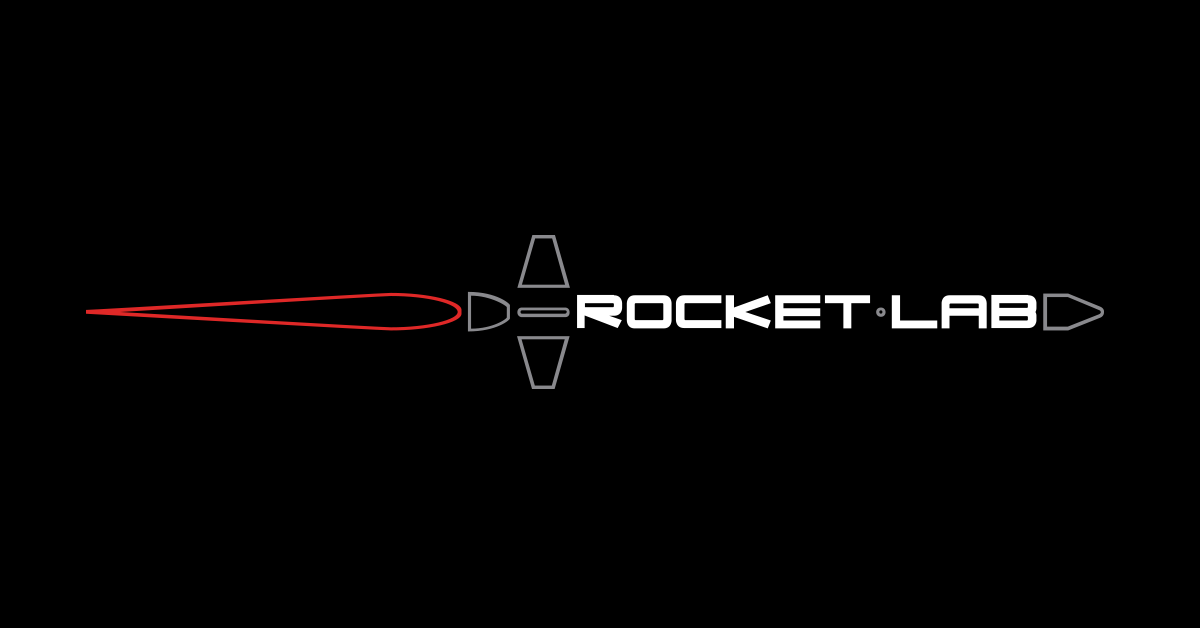Rocket Lab Unveils Plans for New 8-Ton Class Reusable Rocket for Mega-Constellation Deployment
The advanced new rocket, Neutron, will transform space access by delivering reliable and cost-effective launch services for satellite mega-constellations, deep space missions and human spaceflight
The advanced new rocket, Neutron, will transform space access by delivering reliable and cost-effective launch services for satellite mega-constellations, deep space missions and human spaceflight
Long Beach, California., (March 1, 2021) -- Rocket Lab today unveiled plans for its Neutron rocket, an advanced 8-ton payload class launch vehicle tailored for mega-constellation deployment, interplanetary missions and human spaceflight.
Neutron will build on Rocket Lab’s proven experience developing the reliable workhorse Electron launch vehicle, the second most frequently launched U.S. rocket annually since 2019. Where Electron provides dedicated access to orbit for small satellites of up to 300 kg (660 lb), Neutron will transform space access for satellite constellations and provide a dependable, high-flight-rate dedicated launch solution for larger commercial and government payloads.
“Rocket Lab solved small launch with Electron. Now we’re unlocking a new category with Neutron,” said Peter Beck, Rocket Lab founder and CEO. “We’ve listened to our customers and the message is clear - biggest doesn’t always mean best when it comes to constellation deployment. Efficiently building the mega constellations of the future requires launching multiple satellites in batches to different orbital planes. It’s a requirement that all too often sees large launch vehicles fly with payloads well below their full lift capacity, which is an incredibly expensive and inefficient way to build out a satellite constellation. Neutron’s 8-ton lift capacity will make it ideally sized to deploy satellites in batches to specific orbital planes, creating a more targeted and streamlined approach to building out mega constellations.”
Neutron will also provide a dedicated service to orbit for larger civil, defense and commercial payloads that need a level of schedule control and high-flight cadence not available on large and heavy lift rockets. Neutron will be capable of lifting 98% of all satellites forecast to launch through 2029 and will be able to introduce highly disruptive lower costs by leveraging Electron’s heritage, launch sites and architecture.
The medium-lift Neutron rocket will be a two-stage launch vehicle that stands 40 meters (131 feet) tall with a 4.5-meter (14.7 ft) diameter fairing and a lift capacity of up to 8,000 kg (8 metric tons) to low-Earth orbit, 2,000 kg to the Moon (2 metric tons), and 1,500 kg to Mars and Venus (1.5 metric tons). Neutron will feature a reusable first stage designed to land on an ocean platform, enabling a high launch cadence and decreased launch costs for customers. Initially designed for satellite payloads, Neutron will also be capable of International Space Station (ISS) resupply and human spaceflight missions.
Neutron launches will take place from Virginia’s Mid-Atlantic Regional Spaceport located at the NASA Wallops Flight Facility. By leveraging the existing launch pad and integration infrastructure at the Mid-Atlantic Regional Spaceport, Rocket Lab eliminates the need to build a new pad, accelerating the timeline to first launch, expected in 2024.
Rocket Lab is assessing locations across America to establish a new state-of-the-art factory to support large-scale Neutron manufacturing, adding hundreds of jobs to the Rocket Lab team.

Rocket Lab Unveils Plans for New 8-Ton Class Reusable Rocket for Mega-Constellation Deployment | Rocket Lab
*Rocket Lab Unveils Plans for New 8-Ton Class Reusable Rocket for Mega-Constellation Deployment*



